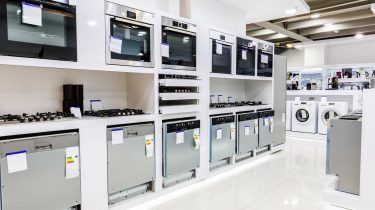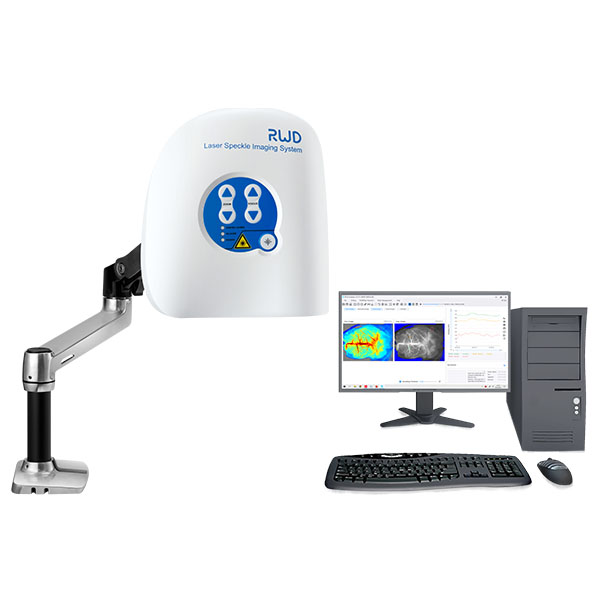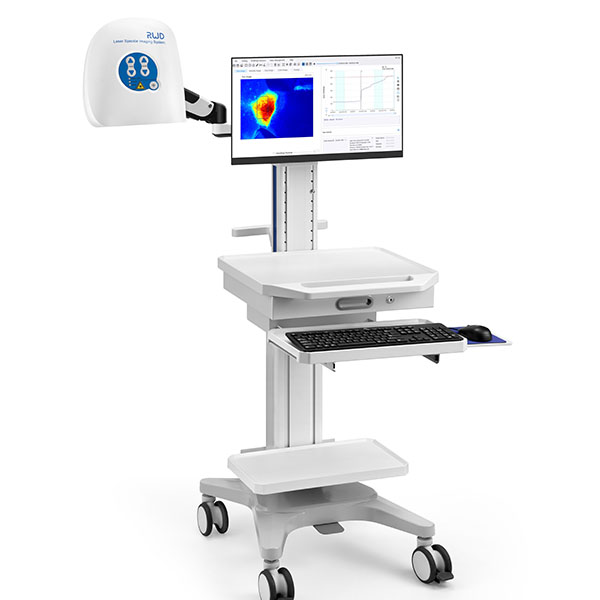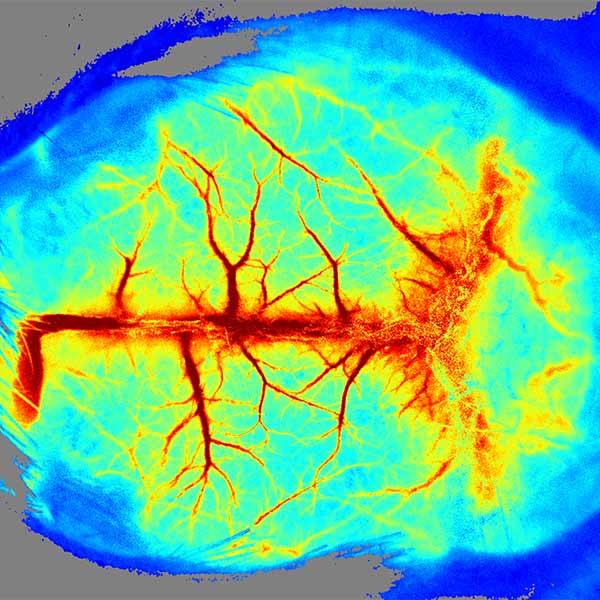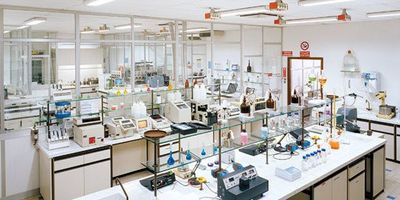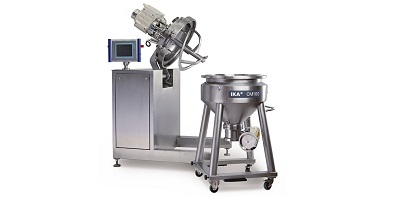en
RFLSI-ZW Laser Speckle Contrast Imaging System
Brand: RWD
RFLSI-ZW laser speckle imaging system is an even better tool for microcirculation research based on laser speckle contrast imaging technology (LSCI).
With the advanced optical design and improved image processing algorithm, RFLSI-ZW shows greater performance in imaging field size, image quality, full-field frame rate and optical resolution, and provides a powerful and efficient means for human and animal tissue microcirculation measurement.

